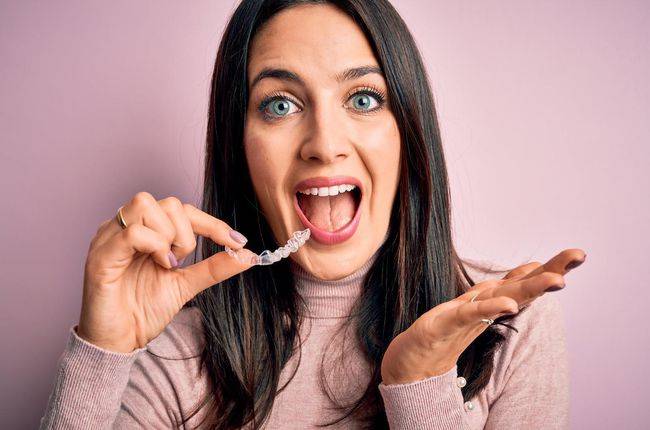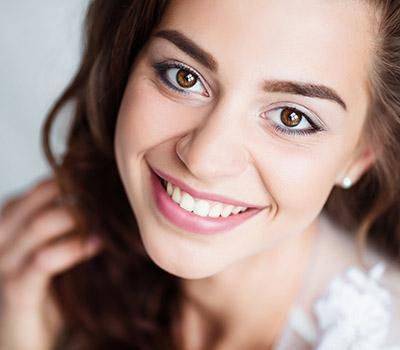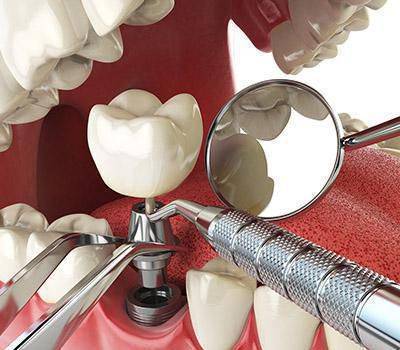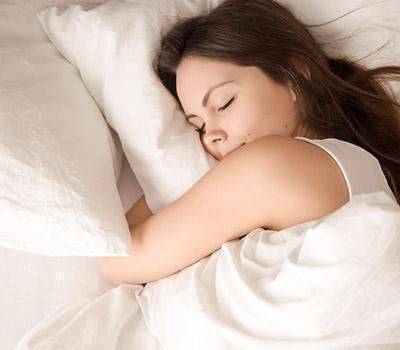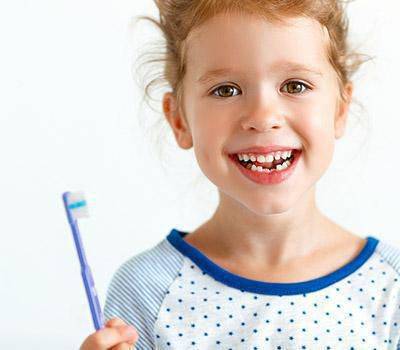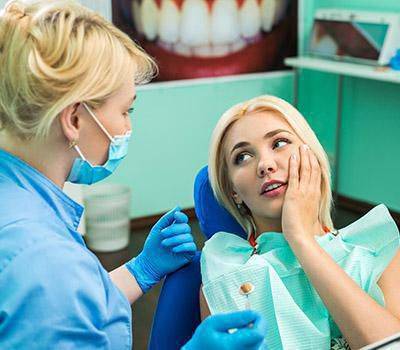Botox and Fillers
Botox is popularly used as a cosmetic enhancer. Botox is essentially a muscle relaxant and stands for Botulinum Toxin A. But, as of late, Botox is being used in dentistry as well. It is used in the treatment of TMJ disorder, bruxism, chronic headaches, malocclusion, etc. and has been able to render excellent cosmetic results.
How does Botox work?
Prior to administering Botox, the dentist would conduct a thorough diagnosis to determine whether or not your body would adjust to the drug. Once the candidacy is confirmed, you will be prepared for the procedure. Botox is administered to the facial tissues in the form of injections. The drug attaches itself to the nerve endings, thereby gradually blocking the nerve signals from one cell to another. This prevents the contraction of the muscles of the face, thereby considerably reducing facial wrinkles and lines. As the facial muscles and joints are relaxed, it would naturally soothe the patient and ease them of their pains in the facial area.
Temporomandibular Joint disorder
The TMJ is the joint that connects the lower jaw to the skull. Excessive pressure applied to it can cause severe pain, restrict the free movement of the jaws, and make it quite difficult to bite and chew food. The muscles connecting the joint would be under severe stresses, due to which persistent pain is experienced. By injecting Botox directly into the affected region, the muscles can be relaxed, thereby relieving the patient of the pain. In fact, several patients who had responded to other treatments of TMD show a positive response to Botox.
Bruxism
Bruxism is night-time teeth grinding that is a symptom of sleep apnea. Bruxism can have a significantly bad effect on the teeth as they could wear down to their stumps and put a lot of stress on the TMJ as well. This mostly occurs as a result of the subconscious clenching of the jaw. By administering Botox to the stressed-out region, the muscles will be relaxed and the tendency to clench the jaw would reduce almost completely. Even during sleep, bruxism would be reduced.
Orthodontics
Malocclusion is one of the most commonly encountered oral conditions. It is the misalignment of the teeth that ruins oral aesthetics as well as makes cleaning them difficult. After orthodontic treatment, relapse is one of the major issues where the teeth tend to move back to their previous positions. By injecting Botox, the severity of muscle contraction can be reduced, thereby preventing relapse.
Schedule an online appointment or call us at (831) 372-7548 to have a consultation with our dentists and we’ll be able to guide you further.
Visit Our Office
Office Hours
- Monday8:00 am - 5:00 pm
- Tuesday8:00 am - 5:00 pm
- Wednesday8:00 am - 5:00 pm
- Thursday8:00 am - 5:00 pm
- Friday8:30 am - 4:30 pm
- SaturdayClosed
- SundayClosed
